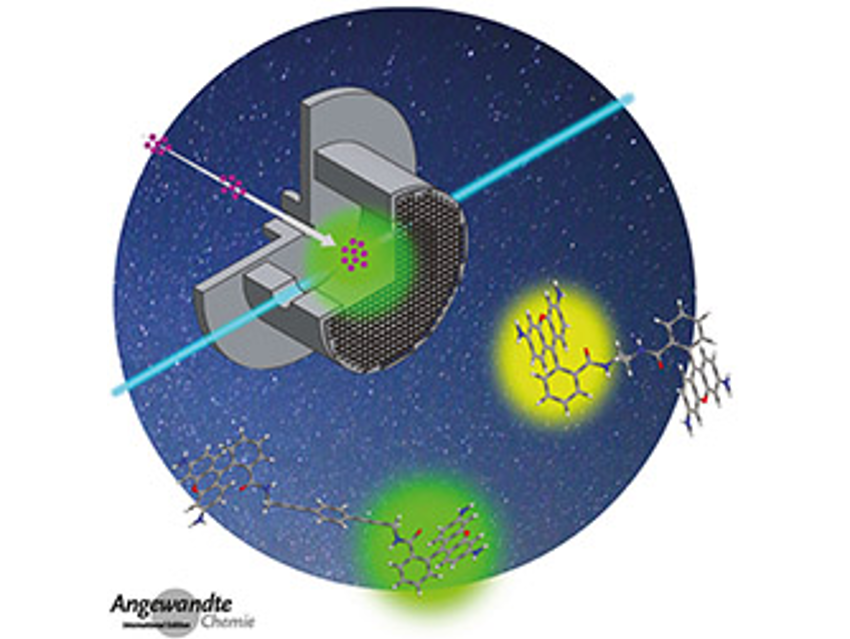In this issue, Y. Li et al. review the design of atomic active centers for hydrogen evolution electrocatalysts. What methods are suitable for centers with one metal atom, two different metal atoms, and nonmetal atoms?
The Minireviews deal with CRISPR-mediated biosensing for cell biology and diagnosis (J. J. Gooding et al.), mechanisms of graphene oxide mediation in organic synthesis (L. Lombardi, M. Bandini), and polyoxometalate-based compounds for photo- and electrocatalysis (Y.-Q. Lan et al.). In an Essay, V. G. Nenajdenko et al. look back on the life and achievements of Nikolay Zelinsky, whose name is connected to as many as four reactions.
In the original research section, W. Zhang et al. present a catalytic asymmetric synthesis of the anti-Covid-19 drug Remdesivir. C. Cui et al. succeeded in a selective electrocatalytic conversion of methanol to formate on branched nickel carbide. S. Brøndsted Nielsen et al. found that a π‐spacer blocks electronic communication between two ionic rhodamine dyes in a dyad isolated in vacuo (see picture). D. Munz et al. describe the oxidative addition of water, alcohols, and amines in palladium catalysis.
- Angewandte Chemie 47/2020: Candidates,
Angew. Chem. Int. Ed. 2020, 59 (47).


